Cybersecurity Essentials for Protecting Your Financial Data
Anúncios
In the digital era, the security of financial data has become a critical concern for individuals and businesses alike. As financial transactions increasingly migrate to online platforms, hackers and cybercriminals continually intensify their efforts to exploit vulnerabilities in systems. According to a report by IBM Security, the financial sector experienced 23% of all data breaches globally in 2023, making it one of the most targeted industries. This growing threat landscape necessitates a comprehensive understanding of cybersecurity essentials to safeguard sensitive financial information effectively.
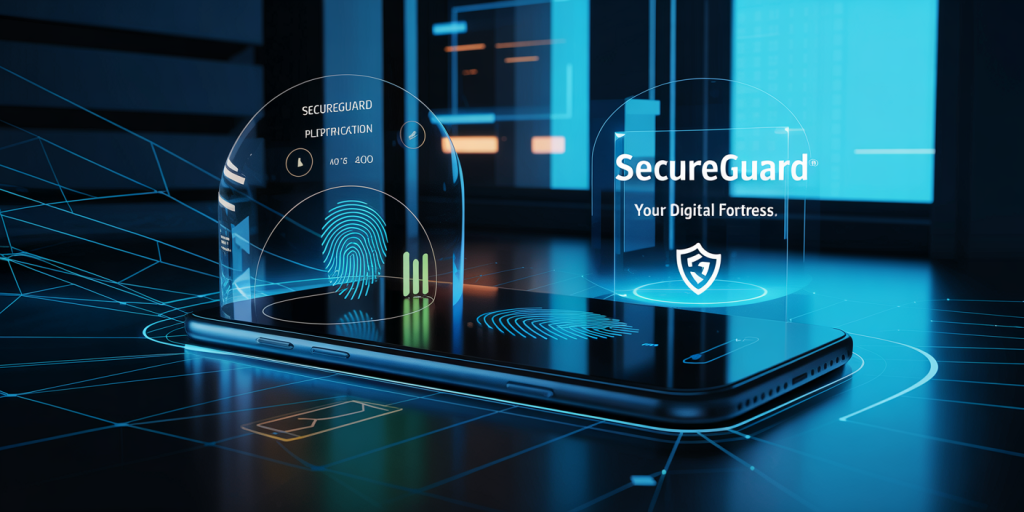
Financial data breaches can lead to severe consequences, including identity theft, unauthorized transactions, and significant financial losses. For example, the 2017 Equifax breach exposed personal data of over 147 million people, affecting credit histories and financial accounts worldwide. These incidents highlight the importance of proactive security measures that not only protect individuals’ assets but also enhance trust in financial systems. This article explores key strategies and tools fundamental to protecting financial data in an increasingly digital world.
Understanding the Threat Landscape in Financial Cybersecurity
Anúncios
Financial data is a lucrative target for cybercriminals due to its direct monetary value and access potential to other services. Common threats include phishing attacks, ransomware, malware, and insider threats. Phishing techniques attempt to deceive users into revealing confidential information by masquerading as trustworthy entities. For instance, attackers often impersonate banks through fraudulent emails or SMS messages asking customers to verify their account details.
Ransomware attacks have also surged in recent years, with variants specifically targeting financial institutions. According to cybersecurity firm SonicWall, ransomware incidents grew by 105% in 2023. These attacks encrypt data and demand ransom payments, often crippling a company’s operations. Additionally, insider threats, whether intentional or due to negligence, pose serious risks as employees or contractors may inadvertently expose data or misuse access privileges.
Anúncios

Another important aspect is the rise in supply chain attacks, where cybercriminals infiltrate third-party vendors or software providers connected to financial enterprises. The 2020 SolarWinds attack is a notable example where hackers compromised software updates that were widely used by government and private organizations, leading to extensive breaches. Thus, understanding the varied threat vectors is vital for structuring effective cybersecurity protocols.
Implementing Multi-factor Authentication (MFA) for Enhanced Security
Multi-factor authentication (MFA) involves requiring users to provide two or more verification factors to gain access to financial accounts. This method significantly reduces the chances of unauthorized access even if login credentials are compromised. Common factors include something you know (password or PIN), something you have (a smartphone or security token), and something you are (fingerprint or facial recognition).
Financial institutions widely adopt MFA due to its effectiveness. For example, banks like Chase and Wells Fargo mandate MFA for online banking services, leading to reported decreases in account fraud. Practical applications also include one-time password (OTP) verification for transaction approvals. According to Microsoft, MFA can block over 99.9% of account compromise attacks.
The comparative table below outlines different authentication methods and their security efficacy:
| Authentication Method | Security Level | Ease of Use | Vulnerability Risks |
|---|---|---|---|
| Password Only | Low | High | Phishing, brute force attacks |
| SMS-based OTP | Medium | Medium | SIM swapping, SMS interception |
| Authenticator Apps (TOTP) | High | Medium | Malware on device |
| Biometrics (Fingerprint, Facial Recognition) | Very High | High | Spoofing, device theft |
| Hardware Security Keys | Very High | Medium | Physical loss, higher cost |
Despite the increased security offered, some challenges include user resistance and technical integration issues. However, the benefits substantially outweigh these drawbacks, making MFA a cornerstone in financial data protection.
Encryption: Safeguarding Data in Transit and at Rest
Encryption is a method of converting data into an unreadable format, only accessible through a decryption key. It plays a pivotal role in protecting financial information both during transmission and storage. When data is encrypted, even if intercepted, attackers cannot easily extract meaningful information.
Transport Layer Security (TLS) protocols are standard for securing online communications, such as when accessing banking websites or executing transactions. A study by Google indicates that over 95% of web traffic now uses HTTPS, leveraging TLS for encryption. This widespread adoption reflects its critical importance to secure financial data exchange.
Encrypting data at rest, such as in databases or backups, ensures that sensitive information remains protected against unauthorized access or theft. Companies like PayPal employ end-to-end encryption to shield customer data across all channels. Additionally, modern encryption algorithms like AES-256 provide robust security against brute-force attacks.
| Encryption Aspect | Description | Relevance to Financial Data Protection |
|---|---|---|
| Data in Transit | Encryption during communication (TLS/SSL) | Prevents interception during online banking or payments |
| Data at Rest | Encryption of stored information | Protects databases, backups, and files from theft |
| End-to-End Encryption | Encrypts data from sender to receiver | Ensures privacy even from intermediaries |
| Key Management | Secure handling of encryption keys | Essential to maintain confidentiality and integrity |
Implementing comprehensive encryption strategies ensures that financial data remains confidential and less susceptible to cyberattacks.
Educating Users and Employees: The Human Factor in Cybersecurity
Humans are often the weakest link in cybersecurity, which underscores the importance of user education and awareness. Cybercriminals exploit human behavior through social engineering, such as phishing or pretexting, to gain unauthorized access. Training users to recognize suspicious activities and practice safe digital habits can dramatically reduce risks.
For instance, financial institutions regularly conduct phishing simulation exercises to educate their workforce about evolving attack techniques. In 2023, the global average click rate on phishing emails was approximately 3.5%, but companies with ongoing training programs reported a 50% reduction in this metric. Empowering employees and customers with knowledge is vital to maintain a secure environment.
Practical training includes creating strong, unique passwords; avoiding unknown links or attachments; verifying sources of email requests; and reporting incidents promptly. Similarly, end-users should be encouraged to use updated software and be cautious while sharing personal information online. Organizations can deploy regular newsletters, webinars, and interactive modules to reinforce cybersecurity best practices.
Utilizing Advanced Security Technologies: Firewalls, Intrusion Detection, and AI
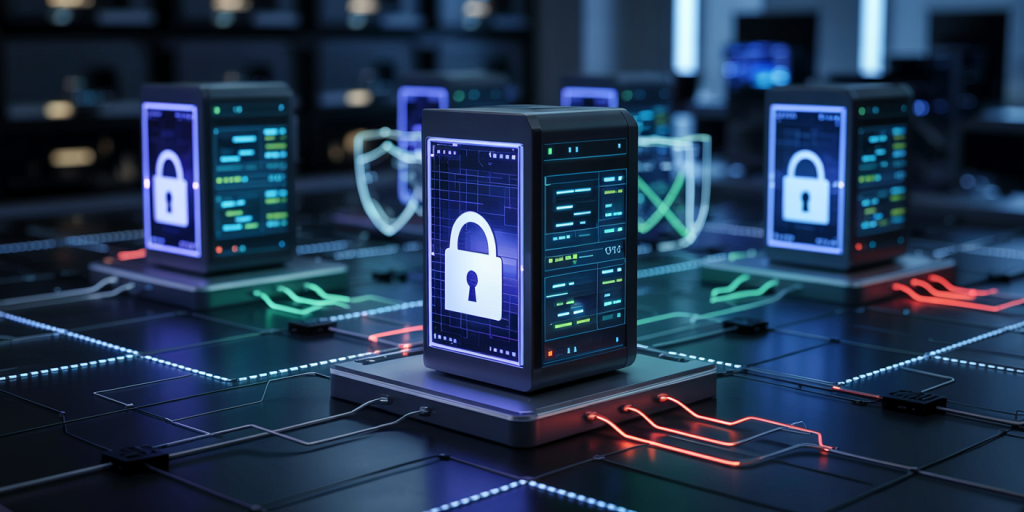
Deploying advanced technological defenses strengthens the protective barrier around financial data. Firewalls serve as gatekeepers, filtering unwanted or potentially harmful traffic. Modern firewalls combine traditional filtering with application-layer inspection, ensuring that only legitimate traffic reaches sensitive systems.
Intrusion Detection Systems (IDS) and Intrusion Prevention Systems (IPS) monitor network activity for signs of malicious behavior. When suspicious activities are detected, these systems generate alerts or automatically block threats. For example, the 2021 Colonial Pipeline ransomware attack demonstrated the importance of real-time intrusion detection, which might have mitigated or prevented the breach.
Artificial Intelligence (AI) and Machine Learning (ML) further enhance cybersecurity by automating threat detection and response. AI-driven security platforms analyze vast datasets to identify anomaly patterns and predict emerging threats. According to a recent Gartner report, organizations incorporating AI into security operations reduced incident response times by up to 30%.
A comparative overview of these technologies is as follows:
| Technology | Primary Function | Advantages | Limitations |
|---|---|---|---|
| Firewall | Traffic filtering | Effective perimeter defense | Cannot detect insider threats |
| Intrusion Detection/Prevention Systems | Monitor and block attacks | Real-time threat identification | May generate false positives |
| AI and Machine Learning | Automates threat detection and response | Adaptable to evolving threats, reduces human error | High implementation cost, complexity |
Combining these technologies with traditional methods creates a multi-layered defense that is crucial for financial cybersecurity.
Future Perspectives: Preparing for Evolving Cyber Threats
The cybersecurity landscape continuously evolves as attackers refine their techniques, and new technologies emerge. Quantum computing, for instance, holds the potential to disrupt current encryption standards by enabling vastly faster computations. While practical quantum attacks remain theoretical today, financial institutions and security experts are already exploring quantum-resistant cryptographic algorithms.
The expansion of digital currencies and decentralized finance (DeFi) introduces additional security challenges. These platforms often operate on blockchain technology, which is generally robust but not immune to vulnerabilities such as smart contract bugs or centralized exchange hacks. As adoption grows, developing specialized security frameworks tailored to these technologies will be essential.
Moreover, regulatory environments around financial data security are becoming increasingly stringent. Laws like the EU’s General Data Protection Regulation (GDPR) and the California Consumer Privacy Act (CCPA) impose hefty penalties for data breaches, emphasizing the legal obligation to protect personal financial information. Compliance with these regulations requires continuous adaptation and investment in cybersecurity measures.
Collaboration between industry stakeholders, governmental agencies, and cybersecurity firms is anticipated to strengthen defenses. Information sharing platforms, threat intelligence services, and joint incident response protocols can enhance collective resilience against cyber threats.
Incorporating emerging technologies such as AI-driven behavioral analytics, blockchain-based identity verification, and zero-trust architectures will likely dominate the next decade’s strategies for financial data protection. Organizations must remain agile, investing in innovation and workforce development to stay ahead of cyber adversaries. This proactive posture is paramount to safeguarding the integrity of financial data in the future digital economy.
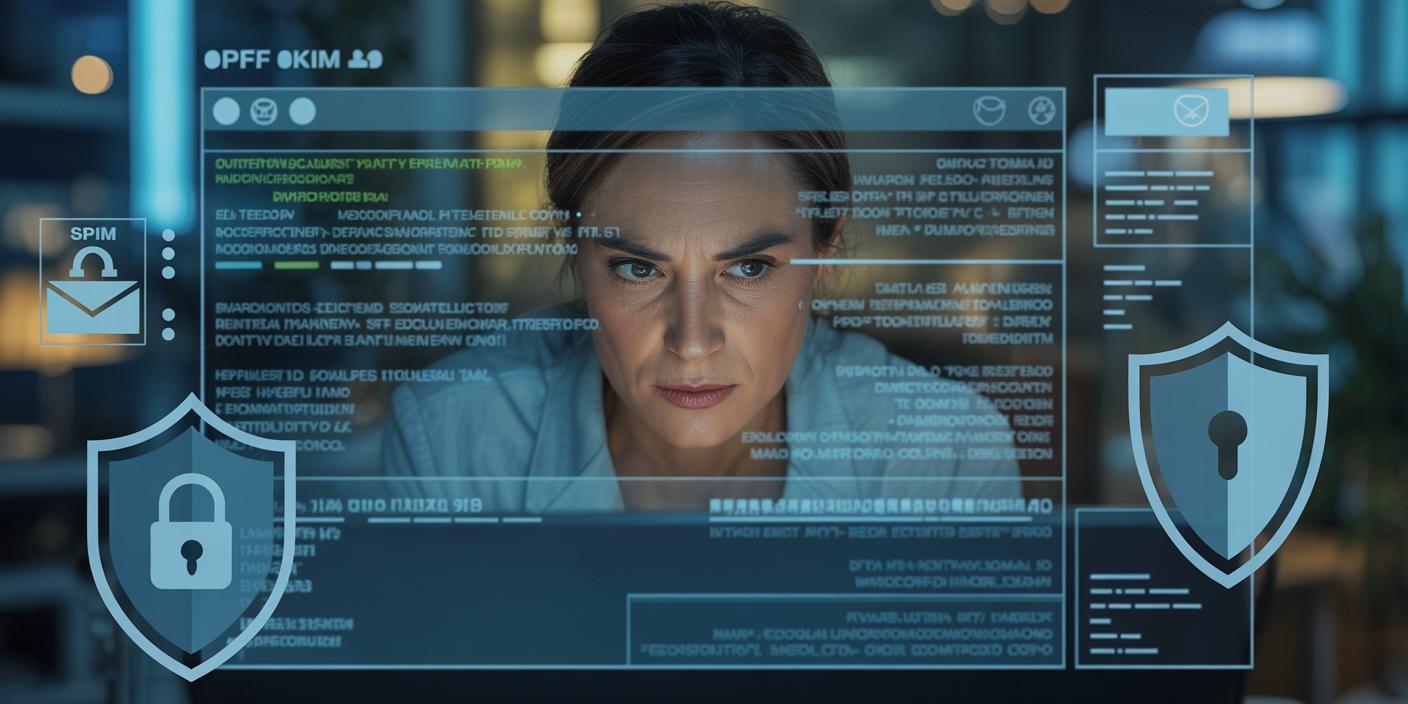
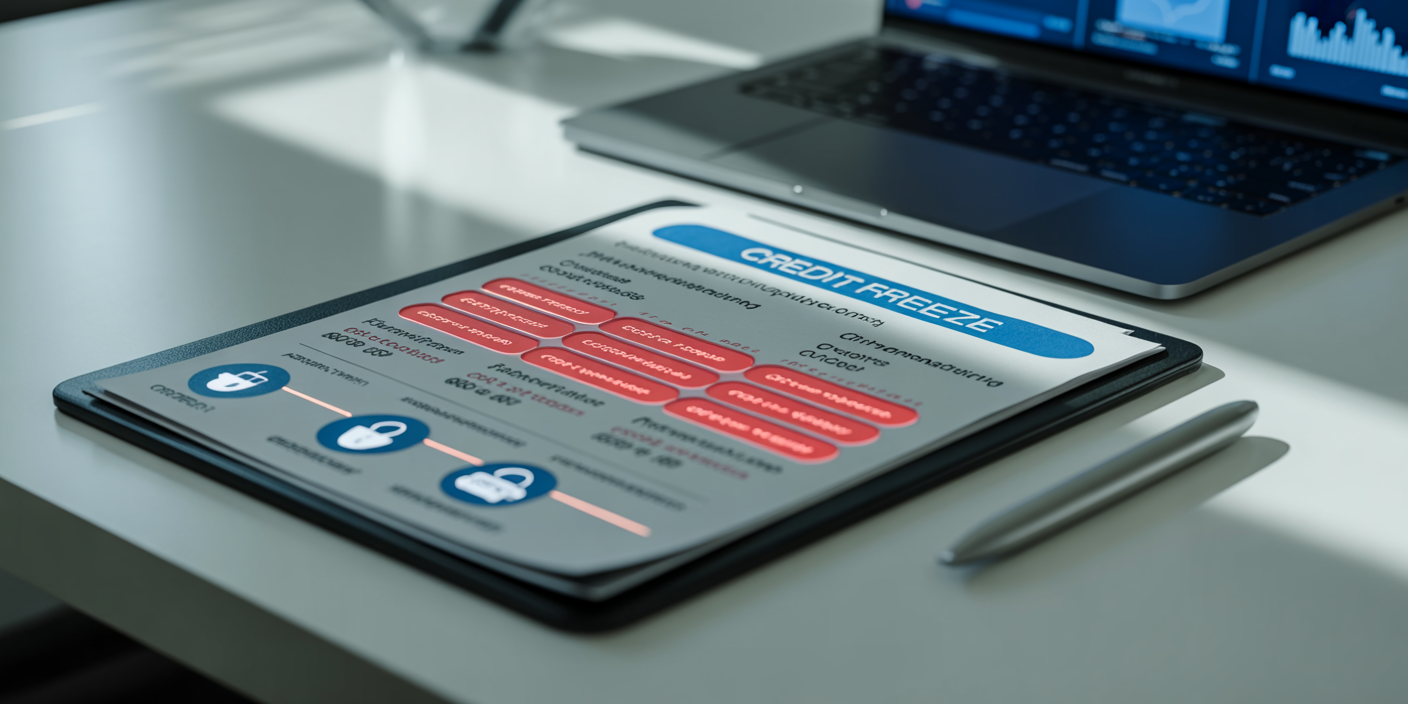
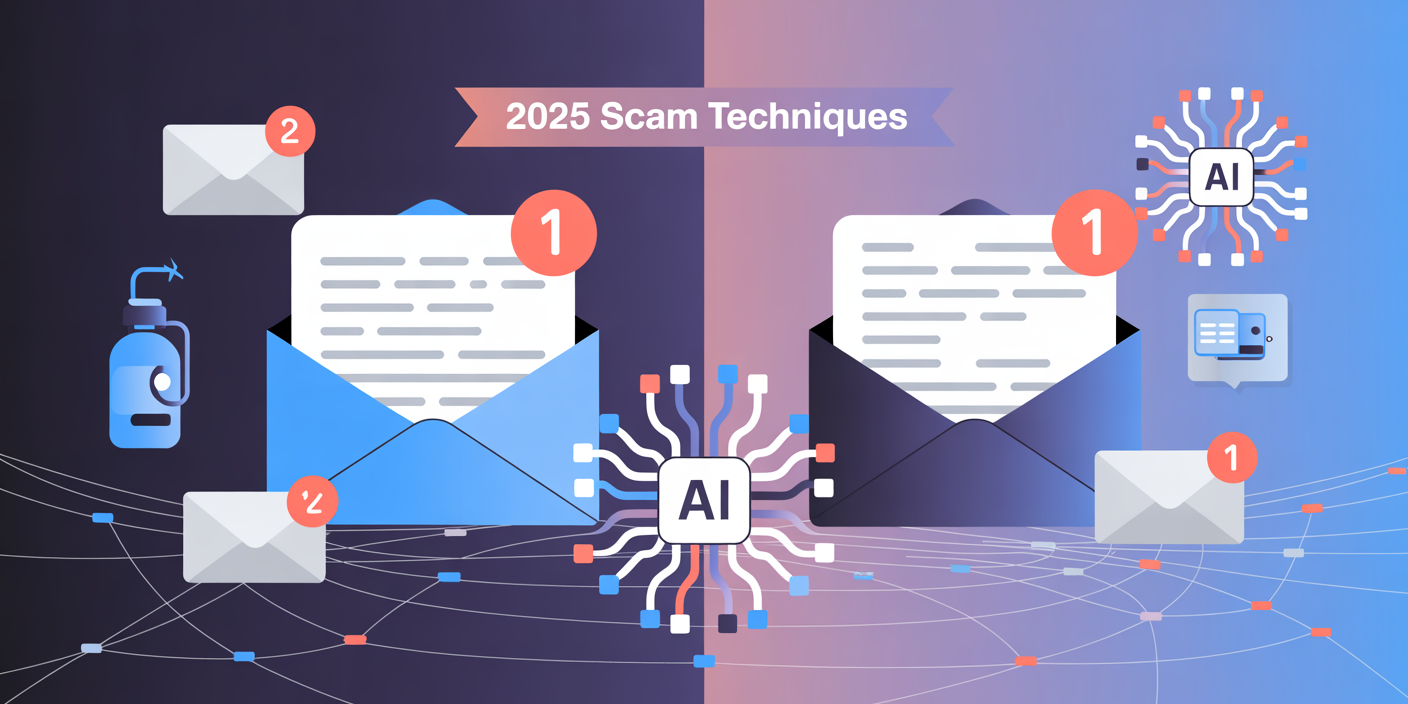
Post Comment